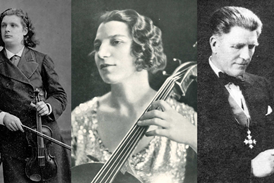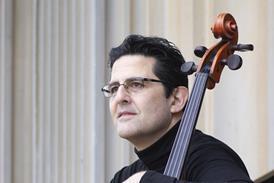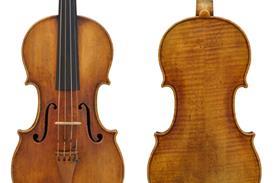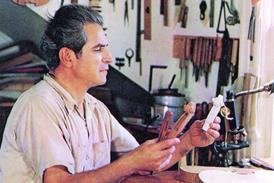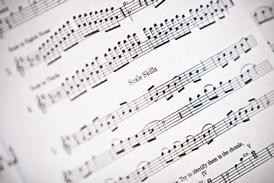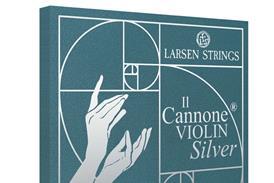- News
- For Subscribers
- Student Hub
- Playing Hub
- Directory
- Lutherie
- Magazine
- Magazine archive
- Whether you're a player, maker, teacher or enthusiast, you'll find ideas and inspiration from leading artists, teachers and luthiers in our archive which features every issue published since January 2010 - available exclusively to subscribers. View the archive.
- Jobs
- Shop
- Podcast
- Contact us
- Subscribe
- School Subscription
- Competitions
- Reviews
- Debate
- Artists
- Accessories
Masterclass: Johannes Moser on Brahms E minor Cello Sonata no.1 op.38

The German-Canandian cellist takes a look at structure, character and speed, and explains why it is so important to honour the composer’s bowings, in the first and second movements of the E minor Sonata
Cellist Johannes Moser presents a Masterclass on the first two movements of Brahms Cello Sonata in E minor in the December 2017 issue. He says:
This sonata is filled with amazing artistry from the start: the opening melody, set on the lowest string, is dark and sinister, with a sense of disquiet. It is one of my favourite pieces and I frequently teach it to my students in Cologne.
Already subscribed? Please sign in
Continue reading this article and explore hundreds more…






